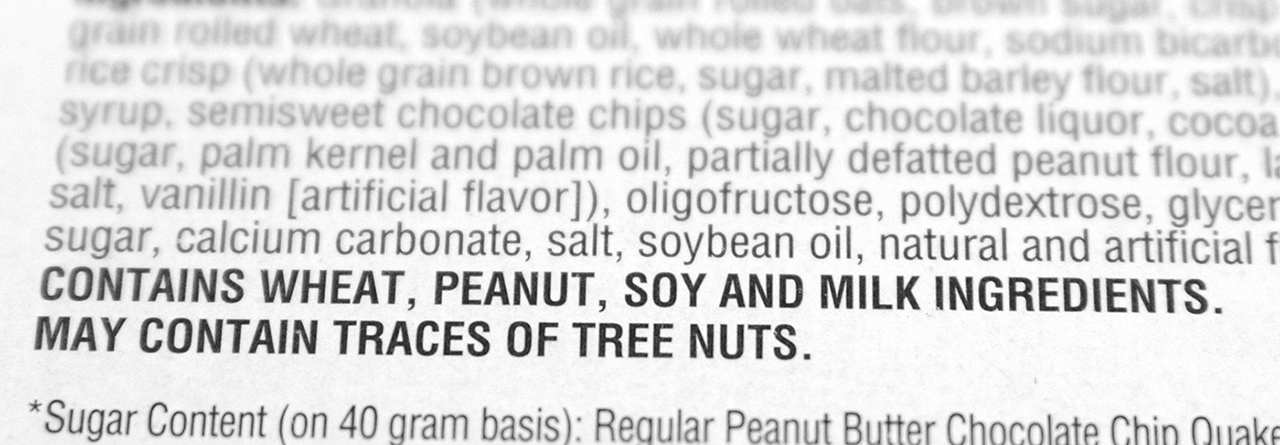
Allergens
LABEL TYPES FOR ALLERGENS FROM SUPPLYLINE ID
 If you produce pre-packed food, you need to follow allergen labelling requirements set out in EU Food Information for Consumers Regulation (EU FIC).
If you produce pre-packed food, you need to follow allergen labelling requirements set out in EU Food Information for Consumers Regulation (EU FIC).
Pre-packed food is any food put into packaging before being placed on sale. Food is pre-packed when it:
- is either fully or partly enclosed by the packaging
- cannot be altered without opening or changing the packaging
- is ready for sale
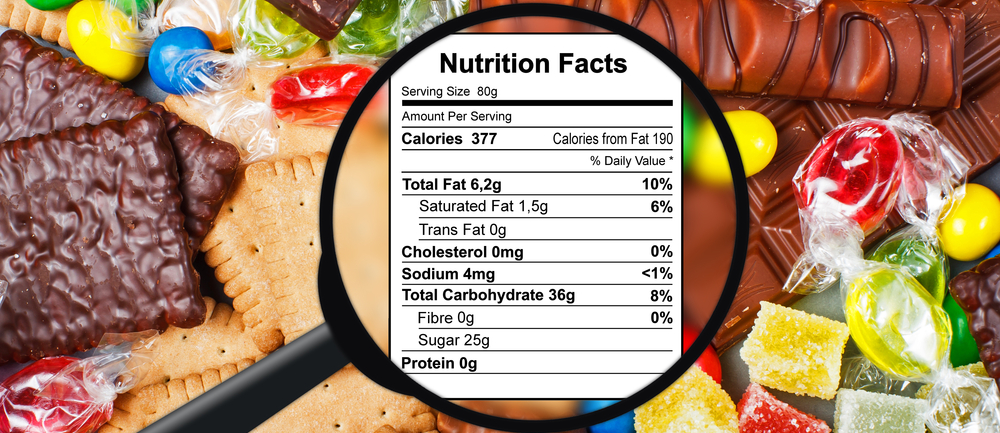
14 allergens
If your product contains any of the main 14 allergens as an ingredient or processing aid, it must be included on the label.
The 14 main allergens are:
- celery
- cereals containing gluten – including wheat (such as spelt and Khorasan), rye, barley and oats
- crustaceans – such as prawns, crabs and lobsters
- eggs
- fish
- lupin
- milk
- molluscs – such as mussels and oysters
- mustard
- tree nuts – including almonds, hazelnuts, walnuts, brazil nuts, cashews, pecans, pistachios and macadamia nuts
- peanuts
- sesame seeds
- soybeans
- sulphur dioxide and sulphites (if they are at a concentration of more than ten parts per million)
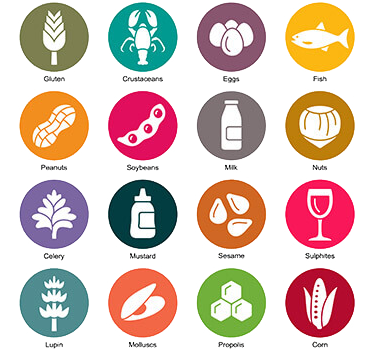
Allergen labelling
Pre-packed food must have an ingredients list. Allergenic ingredients must be emphasised in some way every time they appear in the ingredients list. For example, you can list them in bold, contrasting colours or by underlining them.
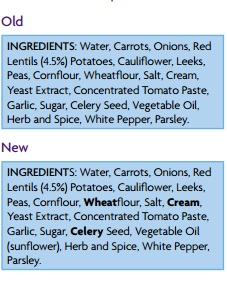
An example of how to list allergens on your product
Ingredients: Water, Carrots, Onions, Red Lentils (4.5%) Potatoes, Cauliflower, Leeks, Peas, Cornflour, Wheat flour, Salt, Cream, Yeast Extract, Concentrated Tomato Paste, Garlic, Whey (Milk), Sugar, Celery Seed, Sunflower Oil, Herbs and Spice, White Pepper, Parsley
Allergenic ingredients must be declared with a clear reference to the allergen to ensure clear and uniform understanding.
Examples of ingredients that need to be clearly referenced to the allergen are:
- tofu (soya)
- tahini paste (sesame)
- whey (milk)
Allergen advice statements can also be used on the product label to explain how allergen information is presented on a label, for example:
- ‘Allergen Advice: for allergens, see ingredients in bold’
- ‘Allergen Advice: for allergens including cereals that contain gluten see ingredients in red’
For alcoholic drinks with no ingredients list, allergens can be indicated by the word ‘contains’ followed by the name of the allergen.
Precautionary allergen labelling
If there is a risk of a food product being affected by allergen cross-contamination, the label should include one of the following statements:
- may contain X
- not suitable for someone with X allergy
Precautionary allergen labelling should only be used after a thorough risk assessment. It should only be used if the risk of allergen cross-contamination is real and cannot be removed.
Free-from labelled foods
Free from food are special ranges of foods made without allergens. If a label states that your product is ‘free-from milk’ or, ‘peanut free’, it has to be based on specific and rigorous controls. These controls need to ensure that the final product is completely free of the particular allergen. This includes checking that all ingredients and packing materials do not contain this allergen and that cross-contamination from other foods made on site is prevented.
There is one exception to this rule which is gluten. Gluten-free labelled products can contain a maximum 20mg/kg of gluten.
Language on the label
The language on the labelling should be easily understood by the people of the country where the food is marketed. For food products sold in the UK, the information must be in English.
Multi-packs
Where products are sold in multi-packs, allergens must be displayed on the outer packaging.
If you provide allergen information on the packaging of individual products, then it has to be consistent with the outer packaging.
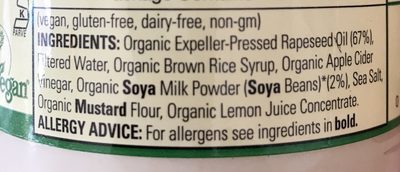
Avoiding allergen cross-contamination
Cross-contamination happens when traces of allergens get into products accidently during the manufacturing, handling, transport or storage of foods. The risk of cross-contamination can be avoided or reduced with careful management.
Staff awareness
All staff involved in handling ingredients, equipment, utensils, packaging and final food products should be aware of the possibilities of cross-contamination with allergens. They should aim to minimise the possibilities of allergen cross-contamination.
Design
Ideally you would have separate production facilities for specific products. If not, try scheduling the foods you are producing by preparing foods in order of least allergenic to most allergenic to manage cross-contamination.
Storage
Raw ingredients containing food allergens should be stored away from other ingredients. Keep them in sealed plastic bins that are clearly marked or colour-coded.
Cleaning
Very small amounts of some allergens can cause severe allergic reactions in sensitive people. It is so important to clean thoroughly in a way that reduces the risk of cross-contamination.
Some methods of cleaning may not be adequate for removing some allergens. Dismantling equipment and cleaning each individual part with water (if appropriate) by hand is a good way to make sure that ‘hard-to-clean’ areas are free from allergen contamination. Develop and follow a suitable cleaning regimes.
Packaging
Allergy related product withdrawals or recalls are often caused by incorrect packaging or labelling. Ensure that the correct labels are applied to products and any outer packaging.
Packaging should be removed and destroyed at the end of a production run. This includes any that may be within the wrapping machine.
Developing new products or changing existing products
If the newly developed or changed product contains one or more of the 14 allergens, it could lead to cross-contamination of other products produced in the same premises. In this case, you will need to assess the risk and decide whether precautionary allergen labelling is appropriate for both the new and existing products.
When recipes are updated and allergenic ingredients change, we recommend labelling the changed product with a new recipe sticker to highlight to customers the change.
Request a call back
| LABEL TYPES & MATERIALS WE USE | ||
| 3M Polyester | Ink Jet Receptacle | Recyclable Labels |
| A4 Laser Labels | Jet Gloss 90 | Sheet Labels |
| Anodised Aluminium | Laser Labels | Sprocket Fed |
| Blockout/Blackout | Loop Tags | Tags |
| Clear laminates | Metallised Silver/Polyester | Tamper Evident |
| Clear PE | Oven Proof | Tactile |
| Clear PP | Paper Direct Thermal (Eco or Topcoat) | Tickets |
| Domed | Paper Thermal Transfer (Matt Vellum or Gloss) | Vinyl |
| Dot Matrix Labels | Polyester (PET) | Void |
| Fabric & Woven Labels | Polyethylene (PE) | Ultra Destruct |
| Fan Fold Labels | Polypropylene (PP) | Window Stickers |
| Fan Fold Tags & Tickets | PVC | |
| Garden Centre Tags | Peel & Reveal | |
| ADHESIVES WE USE | ||
| Acrylic based | High Tack | Ultra High Tack |
| Blockout / Blackout | Peelable | Ultra Low Tack |
| Chilled | Permanent | Void |
| Fastyre | Rubber Based | Water Resistant |
| Freezer | Tamper Evident | |
| LABEL RESISTANCE SUPPLYLINE CAN OFFER | ||
| Chemicals | Handling | Scuff Proof |
| Extreme High Temperature | Moisture | Sea & Salt Water (BS5609 Standard) |
| Extreme Low | Outdoor Exposure | Solvents |
| Grease | Scratch Proof | UV Exposure |
| PRINTER & CODING RIBBONS SUPPLYLINE CAN OFFER | |
| Coding Ribbons Colours | Full/Resin Ribbons |
| Coding Ribbons Full/Resin | Hot Foil Ribbons |
| Coding Ribbons Wax/Resin | Near Edge Wax/Resins Ribbons |
| Cold Stamping Ribbons | Near Edge Full/Resins Ribbons |
| Colour Ribbons (Primary & Metallic) | Premium Wax Ribbons |
| Chemical Ribbons (chemical resistant) | Standard Wax Ribbons |
| Enhanced Wax Ribbons | Washable Ribbons (Textile / Clothing Printing |
| Our ribbons can meet the following certifications : | ||
| Food Contact Europe | RoHS | Halogens |
| Heavy Metals | Marine shipping (BS5609) | California Proposition 65 |
| REACH/SVHC | Food Contact USA | Print durability (UL) |
| Drug Master File | ||
![]()
